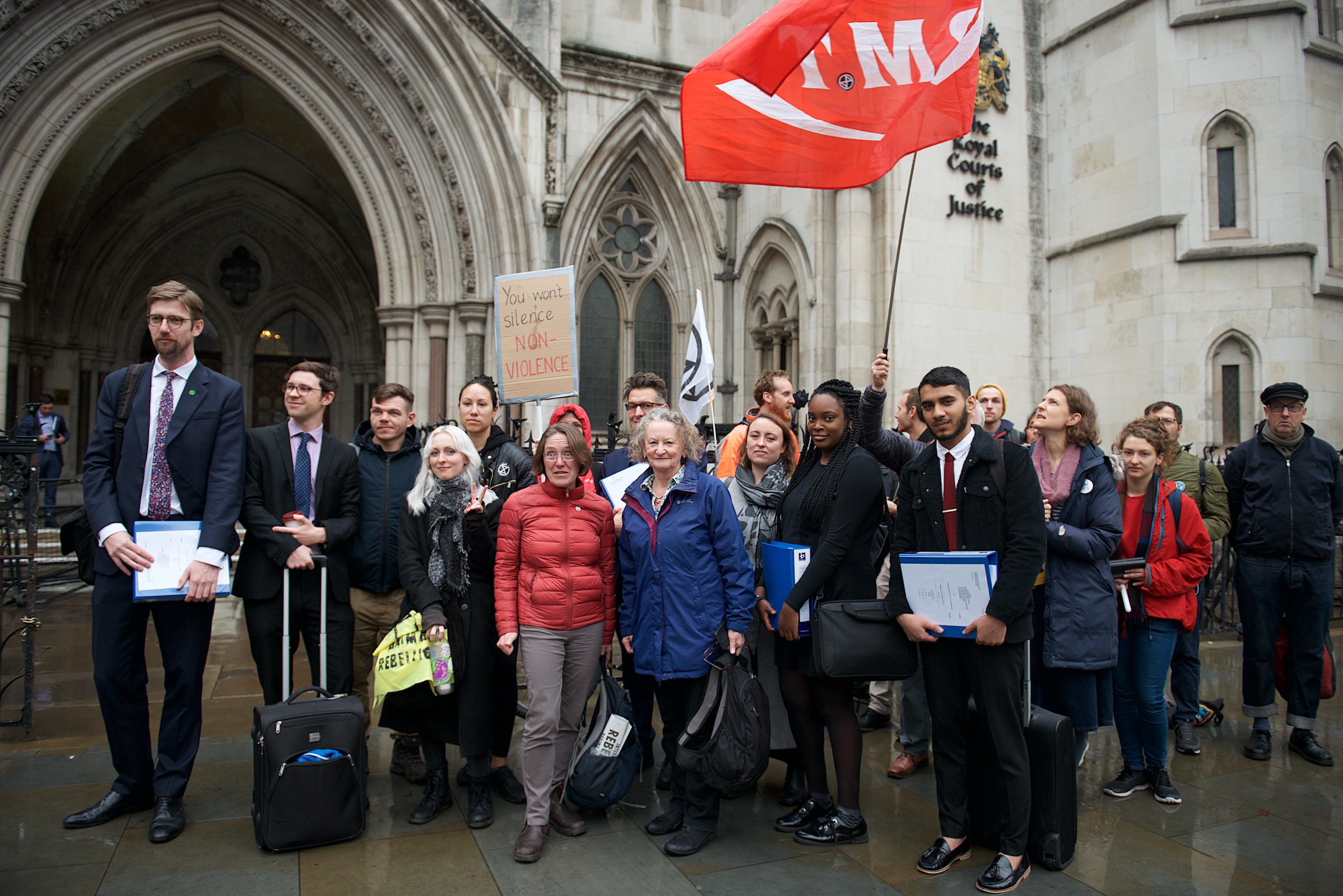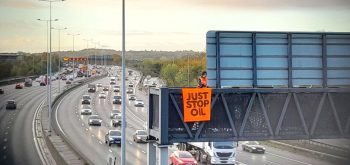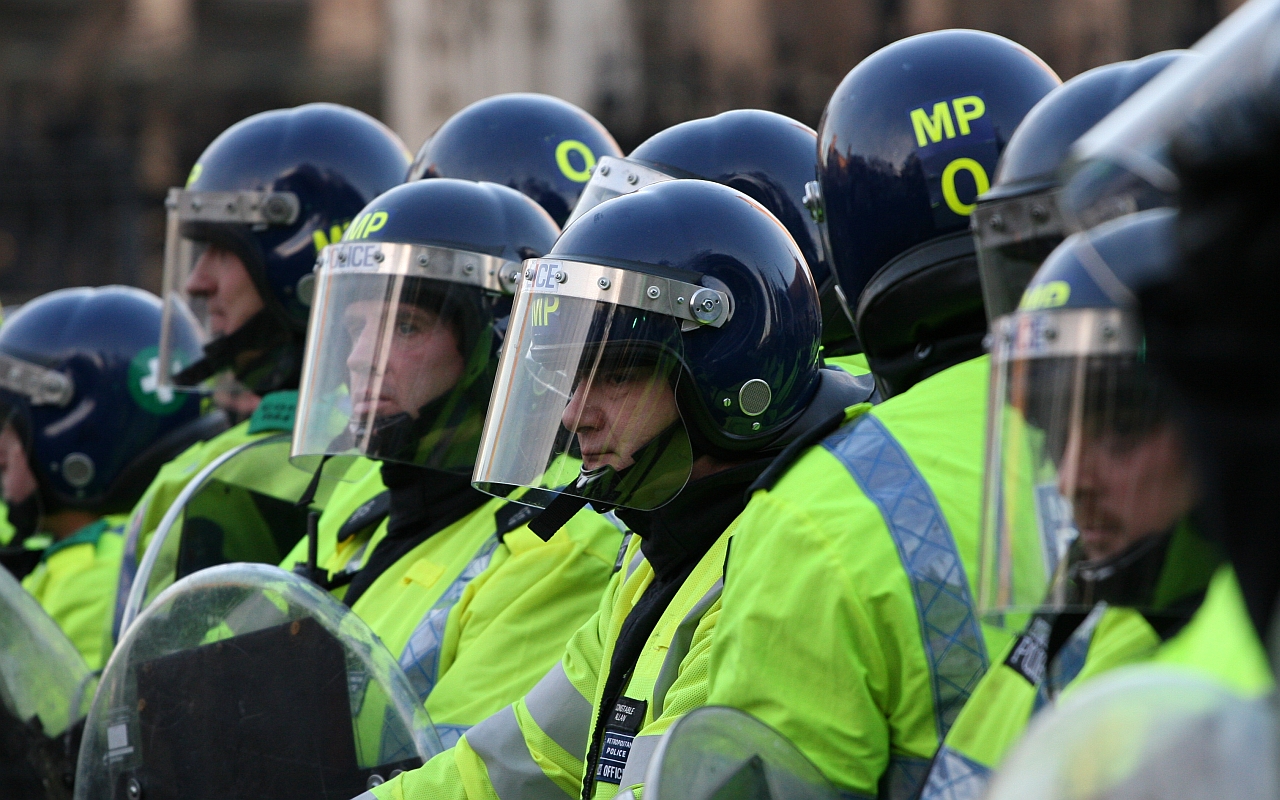The High Court has ruled the police ban on Extinction Rebellion protests in London unlawful. The climate change protesters are nowlikely to bring legal action against the Met police for false imprisonment and human rights breaches.
The Metropolitan Police imposed a ban under the Public Order Act 1986, section 14, which preventstwo or more people from the group taking part in the climate emergency protests. The police hadwarned protesters to keep any demonstrations in Trafalgar Square.
Judges ruled that thelaw had no provisions allowing the police to cover ‘separate assemblies’. Lord Justice Dingemans and Mr Justice Chamberlain ruled in favour of Extinction Rebellion. Dingemans LJ said: ‘Separate gatherings, separated both in time and by many miles, even if co-ordinated under the umbrella of one body, are not a public assembly within the meaning of… the Act.’
He continued: ‘“The Extinction Rebellion autumn uprising intended to be held from October 14 to 19 was not therefore a public assembly… therefore the decision to impose the condition was unlawful because there was no power to impose it under… the Act.’
The cost to the Met for the protests was reported to be £24 million. Almost 2,000 arrests were made and 165 people charged with offences. TheMetroplitanPolice argued that the ban was necessary to tackle the widespread disruption which included shutting down areas around Parliament, the Bank of England and targeting London City Airport. The ban was lifted after four days since demonstrations had ended and officers considered it no longer necessary.
The ban was imposed on the same day that London activists posted a message online echoing the ‘be water’ tactics used by the recent Hong Kong pro-democracy protesters. This was explained further: ‘Be water, crowds split up into fast moving groups and pairs, that network via phones,’ It added. ‘You gather at particular spots in large numbers, until the police response building then you move to a new disruptive site.’
The Met’sassistantcommissioner Nick Ephgrav responded to the judgment by the High Court by saying that the force’s approach was ‘reasonable and proportionate’ and ‘not taken lightly’. ‘There is no criticism from me of the decision to impose the condition, which was made with good intent and based upon the circumstances confronting the command team at the time,’ he added.
Ephgrav continued: ‘It did in fact result in the reduction of the disruption. Nevertheless, this case highlights that policing demonstrations like these, within the existing legal framework, can be challenging.”
During the judgment, the judges also noted that there are powers within that act which may be used to control future protests which are deliberately designed to ‘take police resources to breaking point’.
Jules Carey, a partner at the firm Bindmans LLP which brought the judicial review claim against the police said that the ban was ‘hastily imposed [and] erratically applied’. He added: ‘This judgment is a timely reminder to those in authority facing a climate of dissent: the right to protest is a longstanding fundamental right in a democratic society that should be guarded and not prohibited by overzealous policing.’
Human rights organisations Amnesty International, Liberty and Article 19 welcomed the judgment. Kate Allen, director of Amnesty International UK said: ‘The sweeping, ill-defined and capital-wide ban sent the chilling message that basic freedoms in this country can be set aside when the authorities choose to do so.’







